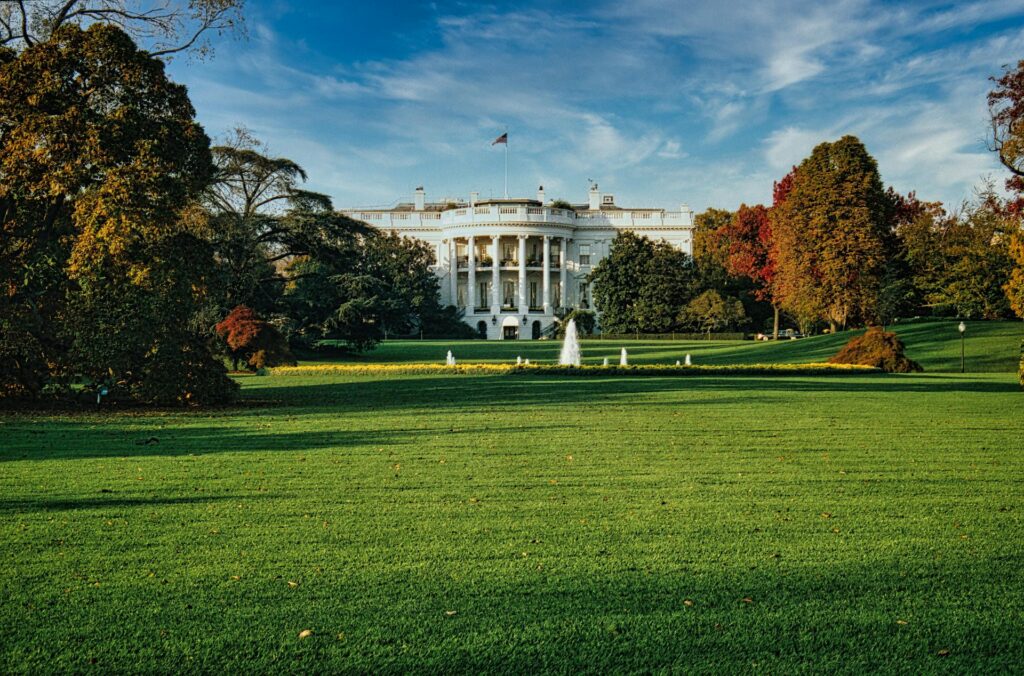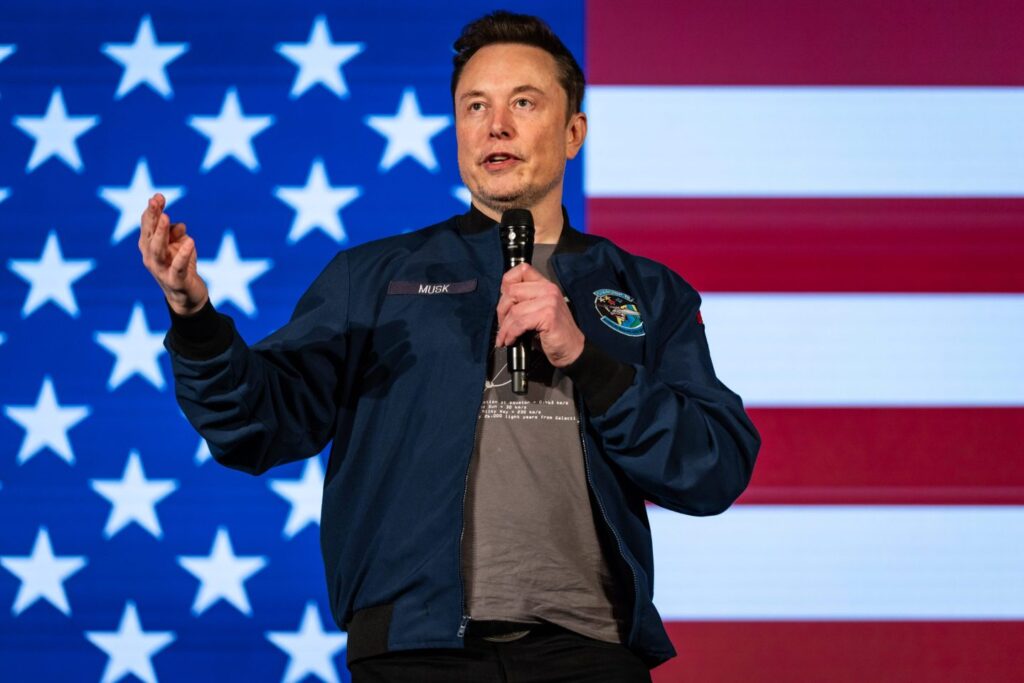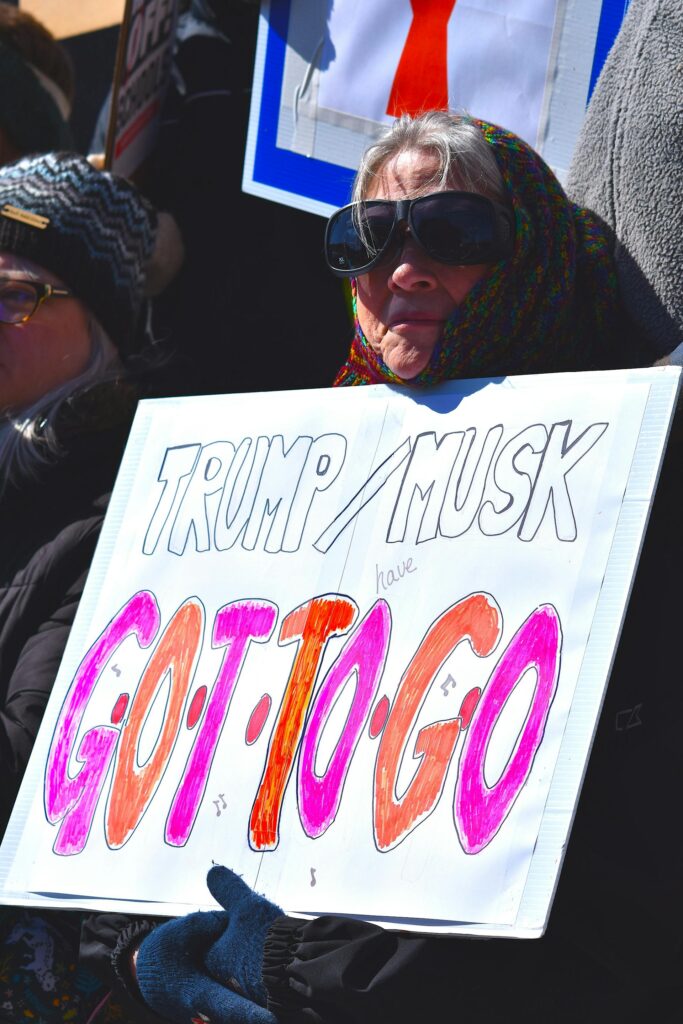On July 5, 2025, Elon Musk announced the formation of the America Party, a new political entity aimed at disrupting the Republican-Democratic duopoly, following a high-profile feud with President Donald Trump. This move, catalyzed by Musk’s opposition to Trump’s “Big, Beautiful Bill” and his brief tenure leading the Department of Government Efficiency (DOGE), signals a bold shift in American politics.
For investors and tech strategists, the America Party presents opportunities to influence a tech-centric, fiscally conservative movement.
This Technocrat’ Magazine Online article explores the reasons behind the America Party’s creation, DOGE’s financial impact, the Trump-Musk feud, the future of American politics, the party’s structure, operational costs, and Musk’s funding strategy.
Visit www.ytcventures.com for insights on navigating this political shift.

Why Was the America Party Created?
Elon Musk launched the America Party to address what he perceives as a “one-party system” that prioritizes wasteful spending over fiscal responsibility.
Key reasons include:
- Opposition to Deficit Spending: Musk’s primary catalyst was Trump’s “Big, Beautiful Bill,” signed into law on July 4, 2025, which the Congressional Budget Office estimates will add $3.3-$5 trillion to the U.S. deficit over a decade. Musk called it a “disgusting abomination” and “insane,” arguing it bankrupts America with “waste and graft.”
- Centrist Appeal: Musk claims the America Party represents the “80% in the middle,” as shown by a July 4, 2025, X poll where 80% of his 220 million followers supported a new party. He envisions a tech-centric, budget-conscious platform that draws disaffected voters from both parties.
- Disillusionment with the Two-Party System: Musk’s frustration with the Republican and Democratic parties’ failure to prioritize emerging technologies and fiscal discipline drove his decision. He aims to disrupt the duopoly, which has dominated U.S. politics for over 160 years.

What is the size of American party today
The America Party, announced by Elon Musk on July 5, 2025, is in its infancy, and precise data on its size—such as registered voters, members, or organizational reach—is not yet available due to its recent formation and lack of formal registration with the Federal Election Commission (FEC) as of July 7, 2025.
Current Size of the America Party
- Membership and Voter Base: No official membership or voter registration numbers have been reported for the America Party. Musk’s announcement was based on an X poll showing 80.4% of 220 million followers supporting a new party, but this does not translate to formal membership. A second poll on July 4, 2025, showed 65.4% of respondents favoring independence from the two-party system, suggesting public interest but not concrete affiliation.
- Electoral Strategy: Musk has outlined a targeted approach, focusing on 2-3 Senate seats and 8-10 House districts in the 2026 midterms, indicating a lean operation rather than a mass movement. X posts estimate that if 2.3% of the U.S. population actively supported the party, it could win elections, but this is speculative.
- Support Base: A New York Times poll indicated strong interest among male Republicans and nearly half of independent men, with 38% of respondents unlikely to back the party and others unsure. This suggests a potential base among libertarian-leaning Republicans and independents (35-45% of voters are independents, per Gallup), but older and Democratic voters are skeptical.
- Organizational Scale: The party lacks a formal structure, with no named leadership beyond Musk and no FEC registration. Discussions have been conceptual, not pragmatic, per The New York Times.

Context and Challenges
Historical Comparison: Third parties like the Libertarian Party (741,930 registered voters), Green Party (253,544), and Constitution Party (139,523) have small but measurable bases, while the America Party has no comparable data yet. The American Independent Party, a distinct entity, had 892,016 registered voters but has not achieved ballot status since 1996.
Ballot Access: Gaining ballot access in all 50 states requires significant resources (e.g., 75,000 registered voters in California or 1.1 million signatures). Musk’s wealth ($250-$277 million spent in 2024) could fund this, but legal barriers, like New York’s ban on “American” in party names, complicate efforts.
Public Sentiment: Analysis suggest a potential 20-25% voter share if the party attracts moderates, libertarians, and independents, but this is hypothetical and overlaps with Trump’s base (78% favorability among his voters).

Department of Government Efficiency (DOGE): Savings Achieved
Musk led DOGE, a temporary Trump administration initiative to cut federal spending, from January to May 2025, alongside Vivek Ramaswamy. While Musk promised significant savings, results were mixed:
- Savings Claims: DOGE targeted consolidating federal agencies and slashing jobs at departments like Health and Human Services, IRS, and the National Park Service. Musk claimed potential cuts of $2 trillion from the federal budget, but concrete savings are estimated at $500-$700 billion, primarily from workforce reductions and program eliminations.
- Challenges and Criticism: Critics, including Treasury Secretary Scott Bessent, noted DOGE’s principles were popular, but Musk’s execution was “undisciplined,” delivering less than promised. Polls showed Musk’s personal unpopularity (36% favorability vs. 59% unfavorable) hindered DOGE’s impact.
- Investor Implications: DOGE’s focus on deregulation and efficiency creates opportunities for tech firms to fill government service gaps. Investors can explore AI and automation startups at www.ytcventures.com to capitalize on these shifts.
What Caused the Trump-Musk Feud?
The Trump-Musk feud, which escalated in June 2025, ended their once-close alliance, marked by Musk’s $277 million donation to Trump’s 2024 campaign and his role as DOGE head. Key causes include:
- Policy Disagreement: Musk’s vocal opposition to Trump’s tax and spending bill, which eliminated electric vehicle (EV) subsidies benefiting Tesla, sparked the rift. Musk argued the bill’s $3.3 trillion deficit increase was unsustainable, while Trump claimed Musk was motivated by losing EV credits worth $1.2 billion to Tesla’s 2024 earnings.
- Personal and Public Clashes: Trump threatened to cut SpaceX’s $22 billion federal contracts and mused about deporting Musk, a naturalized U.S. citizen. Musk retaliated by calling Trump ungrateful for his campaign support and threatening to primary Republicans who backed the bill.
- Political Ambitions: Musk’s America Party announcement and pledge to back candidates like Rep. Thomas Massie (R-Ky.) against Trump-aligned Republicans escalated tensions. Trump called Musk’s third-party idea “ridiculous,” predicting “disruption and chaos.”
The Future of American Politics
The America Party could reshape American politics, though its success faces significant hurdles:
- Third-Party Challenges: The U.S.’s winner-takes-all electoral system and state-by-state ballot access rules (e.g., California’s 75,000 registered voters or 1.1 million signatures requirement) make third parties historically ineffective. Ross Perot’s 19% vote share in 1992 yielded no Electoral College votes.
- Musk’s Influence: With $277 million spent in 2024, Musk’s wealth could disrupt targeted races, especially in 2026 midterms, by focusing on 2-3 Senate seats and 8-10 House districts. However, his 36% favorability rating and overlap with Trump’s voter base (78% favorability among Trump voters) limit broader appeal.
- Political Polarization: A Gallup poll shows 58% of Americans support a third party, but Musk’s polarizing persona and techno-libertarian stance may alienate moderates. The America Party’s focus on fiscal conservatism, AI-driven military modernization, and deregulation could attract tech-savvy voters but risks being seen as a vanity project.

Investor Opportunity: Tech investors can back startups aligning with the America Party’s pro-tech, deregulation agenda, such as AI for government efficiency or clean energy solutions. Explore these at www.ytcventures.com.
America Party Structure
While details remain vague,
Musk has outlined a conceptual framework for the America Party:
- Centrist Platform: Focuses on fiscal responsibility, reducing national debt, modernizing the military with AI and robotics, deregulation, free speech, and pro-tech policies. Musk suggested it would caucus independently, negotiating with both parties.
- Targeted Strategy: Musk plans to influence “razor-thin” legislative margins by targeting a few competitive Senate and House races in 2026, leveraging his America PAC to fund candidates.
- Organizational Steps: The party is not yet registered with the Federal Election Commission (FEC), and Musk’s discussions have been conceptual, not pragmatic. Advisers are exploring a super PAC to build initial support before formal establishment.
Costs of Running a Political Party
Creating and sustaining a national political party is a costly endeavor:
- Ballot Access: Each state has unique requirements, ranging from 75,000 registered voters in California to 1,000 signatures in smaller states. Nationwide ballot access could cost $50-$100 million in legal fees, petitions, and grassroots efforts.
- Campaign Funding: Supporting candidates in 2-3 Senate and 8-10 House races requires $100-$200 million per election cycle, based on Musk’s $20 million Wisconsin Supreme Court race expenditure.
- Operational Costs: Building infrastructure (offices, staff, marketing) could cost $500 million to $1 billion over a decade, per political analyst David Jolly.
- Comparison: The Democratic and Republican parties spent $2.7 billion combined in 2024. A new party, even with Musk’s wealth, faces financial and structural barriers.

Elon Musk’s Party Funds, Budget, and Roles
Musk’s financial and leadership role in the America Party is central to its viability:
- Funding: Musk’s $277 million 2024 election spending via America PAC demonstrates his capacity to fund the party. As a super PAC, America PAC faces no donation limits, but formal party contributions are capped at $855,000 per donor biennially. Musk could personally finance initial costs ($100-$200 million) and leverage his 220 million X followers for crowdfunding.
- Budget Strategy: Musk plans a lean operation, focusing on swing districts and digital campaigning via X to minimize costs. Estimated first-year costs: $50-$100 million for ballot access and candidate support.
- Roles: Musk is the de facto leader, with advisers exploring super PAC structures. He has not named a formal leadership team, but his history suggests a tech-driven approach, potentially involving AI experts and libertarian figures like Rep. Thomas Massie.
Investor Opportunity: Fund tech startups developing campaign analytics or voter engagement tools to support the America Party’s digital strategy. Discover these at www.ytcventures.com.
Conclusion
Elon Musk’s America Party, launched on July 5, 2025, aims to disrupt America’s two-party system, driven by his opposition to Trump’s deficit-heavy bill and a vision for fiscal conservatism and tech innovation. Despite DOGE’s $500-$700 billion savings, Musk’s feud with Trump, fueled by policy clashes and personal barbs, has fractured their alliance.
The America Party faces steep challenges but offers investors opportunities in AI, deregulation, and campaign tech. Visit www.ytcventures.com to explore how to capitalize on this political shift.Shape the future with YTC Ventures Technocrat Magazine.
Subscribe at www.ytcventures.com for cutting-edge investment strategies!

Comments